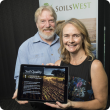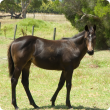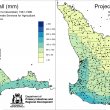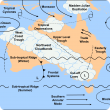Filter by regions:
- (-) Remove Great Southern filter Great Southern
- (-) Remove Peel filter Peel
- South West (325) Apply South West filter
- Mid West (309) Apply Mid West filter
- Perth regions (279) Apply Perth regions filter
- Wheatbelt (273) Apply Wheatbelt filter
- Goldfields-Esperance (255) Apply Goldfields-Esperance filter
- Gascoyne (204) Apply Gascoyne filter
- Kimberley (166) Apply Kimberley filter
- Pilbara (159) Apply Pilbara filter








